COLOPROCTOLOGY DISEASES
NO SURGERY OR OPERATION
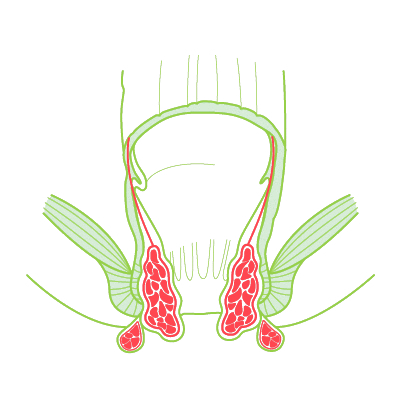
Figure 1. Illustration of Hemorrhoids
HEMORRHOIDS
Hemorrhoids refer to the condition in which the veins, that are found around the anus and the lower part of the rectum, become inflamed. They occur when the rectum pressure increases, forcing blood to pool and dilate the veins walls, sometimes causing them to burst.
Other factors that can cause them are pregnancy, age, chronic constipation, diarrhea, anorectal trauma, and prolonged sitting.
Hemorrhoids are classified as external (outside the anal canal) and internal (inside the anal canal). They are a very common problem, both in men and women, and they are found in half of the population of people over 50 years of age.
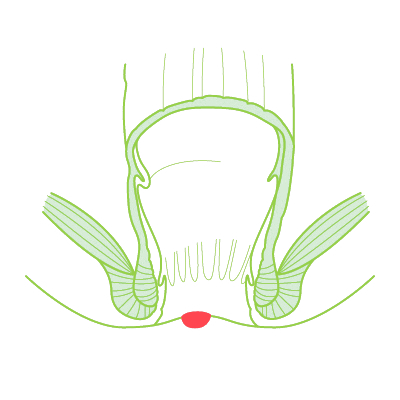
Figure 2. Illustration of External Hemorrhoids
EXTERNAL HEMORRHOIDS
External hemorrhoids cause a feeling that “something is coming out”. In addition, they can bleed or remain inflamed. External hemorrhoids can be very painful and cause a burning or itching sensation.
If the patient has an external thrombosed hemorrhoid (that is, a blood clot formed inside), it will cause a lot of pain and discomfort when walking, sitting, or when defecating.
Symptoms of External Hemorrhoids
- The feeling of having an external bulge
- Pain
- Bleeding and staining on underwear
- Inflammation of the anal tissue
- It may take on a purple color
Evolution time: Acute
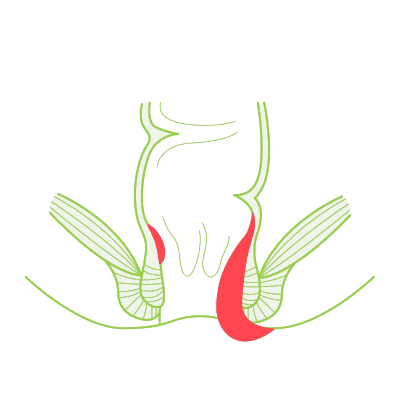
Figure 3. Illustration Internal Hemorrhoids
INTERNAL HEMORRHOIDS
Internal hemorrhoids are hardly seen or felt. The most common symptom is defecating with blood or blood on toilet paper. Sometimes constipation can push internal hemorrhoids down the anal canal, causing itching or pain.
Symptoms of Internal Hemorrhoids:
- The feeling that something lumpy is coming out of the anus
- Bleeding when defecating
- Itchy feeling
Evolution time: Chronic
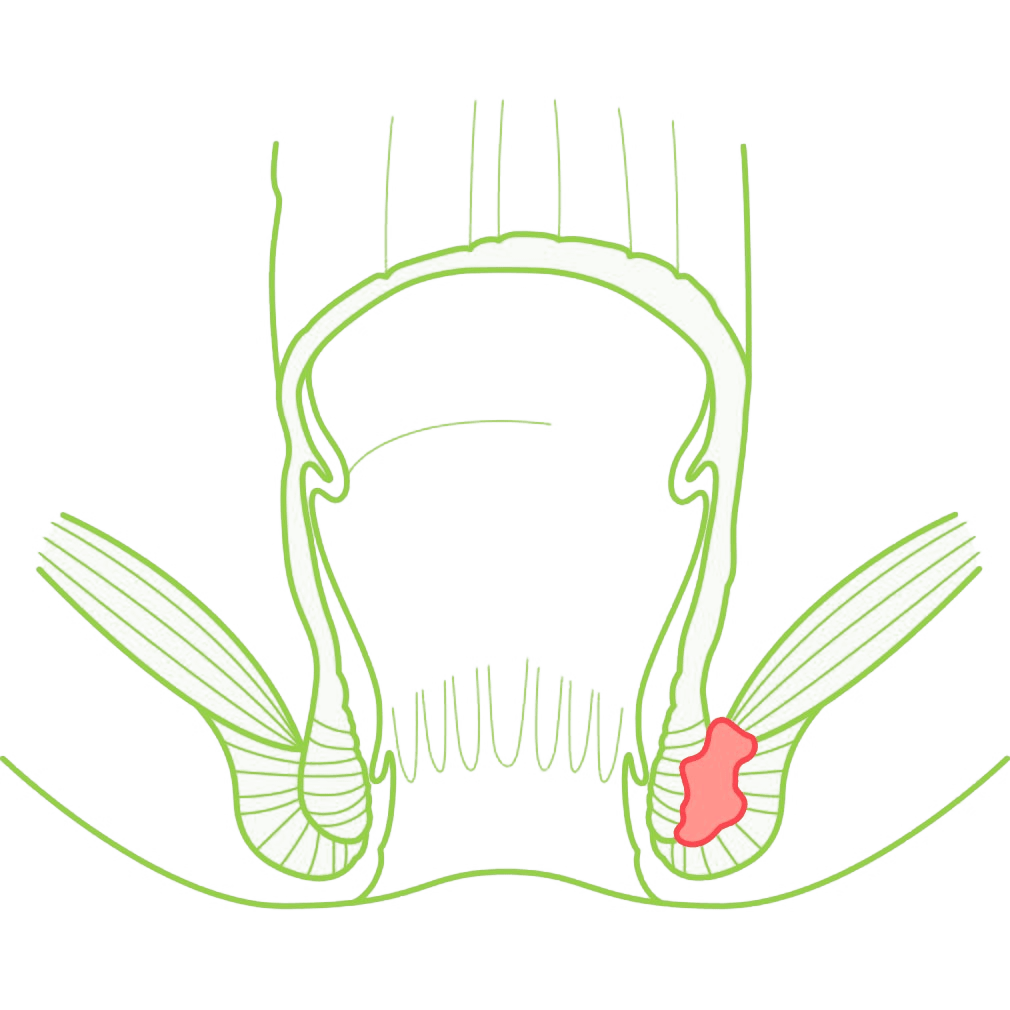
Figure 4: Illustration of an Anal Abscess
ANAL ABSCESS
An anal abscess is a collection of pus found within the deep tissue surrounding the anus or, in contrast, a perianal abscess found below the skin surrounding the anus. Both types of abscesses need immediate attention. Delaying its treatment can cause symptoms to worsen, leading to unnecessary complications.
Anal abscess symptoms:
- The sensation of an external lump
- Intense pain
- Pus release
Evolution time: Acute

Figure 5. Illustration of an Anal Fissure
ANAL FISSURE
An anal fissure is a small ulcer or sore found in the anus. It is usually less than 5mm long and it is often caused by constipation. Many fissures are considered to be caused by a trauma in the anal canal during defecation or by constipation. Patients report severe pain and fear of defecating, which usually causes constipation, as well as discomfort during the day.
Anal Fissure symptoms:
- Severe pain when passing stool
- Fear to evacuate
- Bleeding when defecating
Evolution time: Acute or Chronic
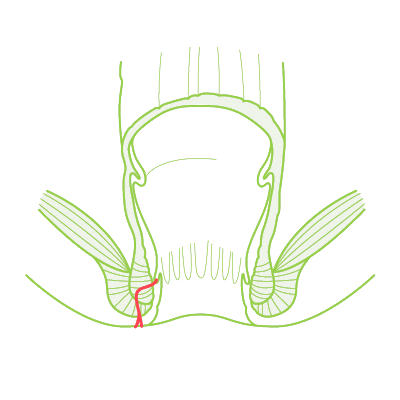
Figure 6. Illustration of an Anal Fistula
ANAL FISTULA
A fistula is an abnormal channel that develops in the presence of inflammation or infection. This may or may not be associated with an abscess. The canal usually goes from the rectum to a hole in the skin around the anus. However, sometimes it can be the other way around. If the fistula is infected, it will usually drain purulent material. Sometimes draining fistulas are not painful, but if the discharge contains pus it could irritate the surrounding skin and trigger a local sensation of itching and pain.
Anal Fistula symptoms:
- A non-healing external wound
- The release of pus or mucus.
- Anal moisture.
Evolution time: Chronic

Figure 7. Illustration of Rectal Cancer
RECTAL CANCER
Rectal cancer can look like all anorectal diseases, which is why we do a holistic assessment of all our patients to rule out cancer.
Figure 8. Anal HPV illustrartion
ANAL HPV
The origin of warts is linked to the transmission of the Human Papilloma Virus (HPV) through sexual contact. At the microscopic level, warts promote changes in the mucosal epithelium that alter its normal functioning and accelerate its growth rate. This alteration, known as intraepithelial carcinoma, is a type of cancer that must be treated as soon as possible to prevent its spread.
Figure 9. Illustration of Diverticular Diseas
COLON DISEASES
The most common
benign diseases in the colon are diverticula and polyps, although the latter can become malignant.
Diverticula are small bulges in the outer lining of the digestive tract, mainly in the lower part of the large intestine. They are common after age 40 and they rarely cause problems.
Polyps, on the other hand, correspond to a set of cells that project into the intestinal lumen. This disordered growth is usually due to mutations in the genetic material of healthy tissue. Those larger than a centimeter in diameter are at increased risk of developing cancer.
Figure 10. Illustration of Anal Folds
Transverse Folds of Rectum
Anal Folds (skin tags) are small growths of skin that appear as “soft lumps” around the anus. Although they are normal, because dilation when defecating requires a surplus of skin, they can be perceived as non-esthetic. It is common for the folds to increase in size during bowel movements and to reduce in the resting state, leaving small ridges, especially if the surrounding area had a tear (anal fissure).
As the anal mucosa has a large number of blood vessels, it is likely that over time and persistent effort (which overcomes the skin's resistance), large flaps will form. This makes hygiene habits difficult and it causes an itching sensation. Because humidity increases the risk of local irritation, it is also possible that an inflammatory plaque and a fungal infection (mycosis) appear.
Figure 11. Illustration of a Pilonidal Cyst
PILONIDAL CYST
A
pilonidal cyst is an abnormal cavity in the skin that usually contains hair and skin particles. In most cases, it is located near the coccyx, at the top of the gluteal groove.
Pilonidal cysts usually appear when a hair pierces the skin and then it grows. If it gets infected, the abscess that forms is usually very painful.
Figure 12. Illustration of Condylomas
CONDYLOMAS OR ANAL WARTS
Condylomata Acuminata is a white or pink wart that appears on the skin around your anus or that extends through the anal canal to the interior of the last part of the digestive tract. At first, they can be the size of a pinhead, but as time passes, they grow flat or pedunculated.
In some cases, they are accompanied by other formations that are grouped and take the shape of a cauliflower.



